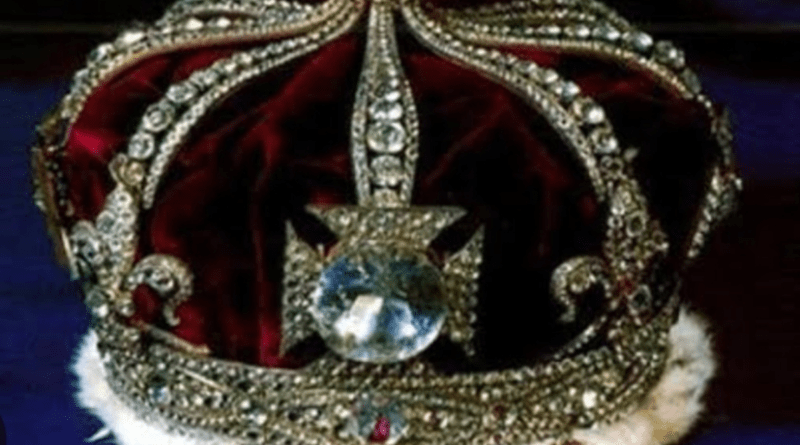Exclusive: Who, long before the Mughals and the British, held the Koh-i-Noor? Here’s what you need to know:
Are you aware that the Kakatiya Dynasty was the original owner of the Koh-i-noor?
The Koh-i-noor, which weighs 105.6 carats and is a piece of the British Crown Jewels, is among the biggest and most well-known cut diamonds in the world.
However, did you know that the history of this brilliant gemstone in India stretches back to the chaotic medieval era?
The Kakatiyas, a formidable dynasty that ruled over most of the Telugu-speaking region in modern-day Andhra Pradesh and Telangana during the 12th and 14th centuries, actually controlled the Koh-i-Noor at one point.
Here are a few fascinating details regarding the Koh-i-noor and its relationship to the Kakatiyas.It’s unclear where the Koh-i-noor originated.The Koh-i-noor’s precise origin is a matter of myth and mystery.
Although this is unconfirmed, some academics speculate that it may have been mentioned in Sanskrit manuscripts dating back to the fourth millennium BCE.
The Mughal Empire’s founder, Babur, stated in his memoirs that he bought the diamond from the Sultan of Delhi in 1526. This is the first known account of the diamond.
But it’s possible that Babur was speaking about another big diamond and that the diamond had previously existed before then.
Nader Shah gave the Koh-i-Noor its original name.Named after the Persian emperor Nader Shah, who conquered and pillaged Delhi in 1739, Koh-i-noor means “Mountain of Light” in Persian.
Muhammad Shah, the Mughal emperor, attempted to conceal the diamond in his turban before Nader Shah seized it from him. Legend has it that when Nader Shah first saw the diamond, he cried, “Koh-i-noor!” Although the diamond has gone by several titles throughout the years, including “Great Mogul Diamond” and “Babur’s Diamond,” its moniker has stayed.Over sixty years, the Koh-i-noor was possessed by the Kakatiya family.
One of the most significant dynasties in South Indian history, the Kakatiyas used both diplomacy and warfare to increase their sphere of influence.
In addition, they constructed numerous temples and reservoirs and supported literature, the arts, and architecture. One of their most valuable acquisitions was the Koh-i-noor, which they probably obtained from the Eastern Gangas, a rival dynasty that ruled the Kalinga and Vengi provinces, at some point in the 13th century.
The diamond was maintained by the Kakatiyas in Warangal, their capital, and served as a representation of their might and status.
The Koh-i-noor was once owned by Kakatiya ruler Ganapati Deva.From 1199 until 1262, Ganapati Deva, the Kakatiya dynasty’s longest-reigning ruler, governed. He ruled with enormous generosity and conquest, subjugating most of the Telugu-speaking region. In addition, he commissioned numerous pieces of writing and artwork and was a supporter of the humanities and sciences.
The Koh-i-noor was initially known to belong to Ganapati Deva, who most likely got it as a gift or as a tribute from the Eastern Gangas. In the coastal region of Andhra and outside his empire, he also brought the worship of Kakati Devi, the tutelary deity of the Kakatiyas, to the people.
Rudrama Devi, the Kakatiya queen, inherited the Koh-i-noor from her father.One of the rare female emperors in Indian history, Rudrama Devi, took over from her father, Ganapati Deva, in 1262. Despite numerous obstacles and threats from her adversaries, including the Pandyas of Madurai and the Yadavas of Devagiri, she was able to protect her realm and keep it prosperous.
She also supported Telugu literature and language, and she was a supporter of arts and education. Rudrama Devi dedicated the Koh-i-noor, which she inherited from her father, as a memorial to the goddess Bhadrakali, who wore it. When Marco Polo traveled to India in the years between 1289 and 1293, he complimented her and called her a valiant and intelligent queen




